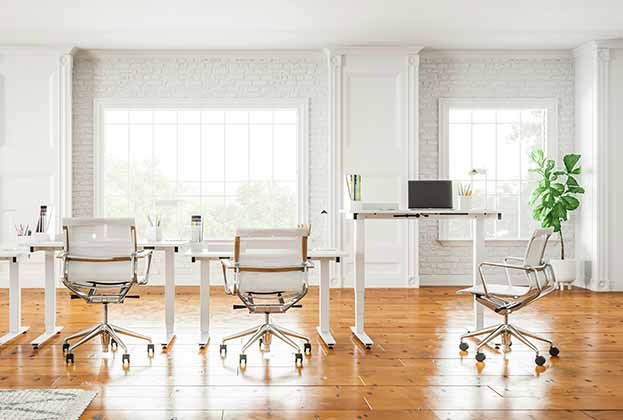Why so many people like living and working in tower buildings is a surprisingly difficult question to answer. One reason seems to have more to do with human nature than any particular economic or business rationale – some psychologists believe that the desire to be high stems from an atavistic desire in humans to be able to see their prey from afar. A more prosaic reason is cost: the guiding principle behind the first successful 20th-century office towers in Manhattan is as true today as it was then, with a high rise being a practical solution to a lack of developable land and consequently very high land values.
Savills What Workers Want report recently identified the most desirable attributes of a workspace and while towers certainly deliver all of the top 15 points mentioned, they don't do so any more effectively than other buildings. However, some of the points, such as security, roof terraces, and onsite cafés, might actually be easier for developers to offer in a high rise than a low rise purely as a function of the greater rent they will be achieve on tower space. Indeed, given that lack of light is one of the most commonly complained about factors in workplaces, the height and generally smaller floorplate of a high rise will often mean that most staff are close to a window.
While data is obviously the first call for researchers, the question of why occupiers like towers is probably best answered with the statement 'because they’re high'. Most people like high-level views of cities, witness the global market for high level viewing platforms of various types. And while the workers on the 45th floor may seldom look out of the window, they seem to like the idea that the view is there, and perhaps more importantly, the impact it has on visitors to their company or to their desk.
So what are the practicalities of occupying a tall building? Many workers love the higher specification and larger ground-floor lobbies that often come with towers, which is fortunate because with the challenges of the lifting strategy in tall buildings, they will probably be spending longer in the lobby than they are used to. However, while the wait for lifts tends to be a negative when an occupier is new to a building, the toxicity of this usually diminishes fast. Indeed, as a recent arrival to one of Shanghai’s latest crop of towers says: 'We actually find that the lift lobby has become the new water-cooler, the place where staff from different teams get to pause, meet and swap ideas.'
Further information
Read more: How Savills sold The Gherkin or buy Tall Buildings, A Strategic Design Guide book
(1).jpg)




.jpg)

.jpg)


.jpg)